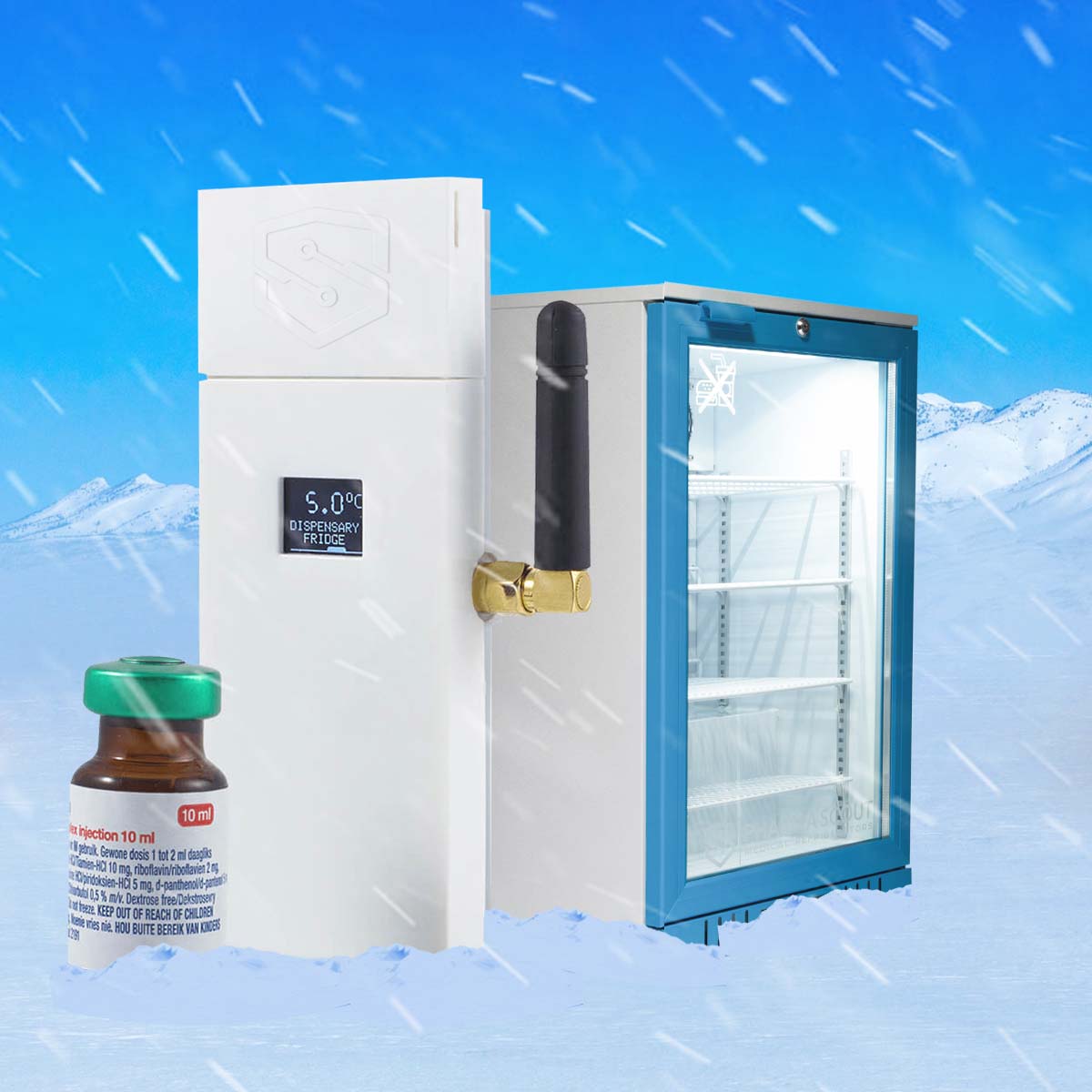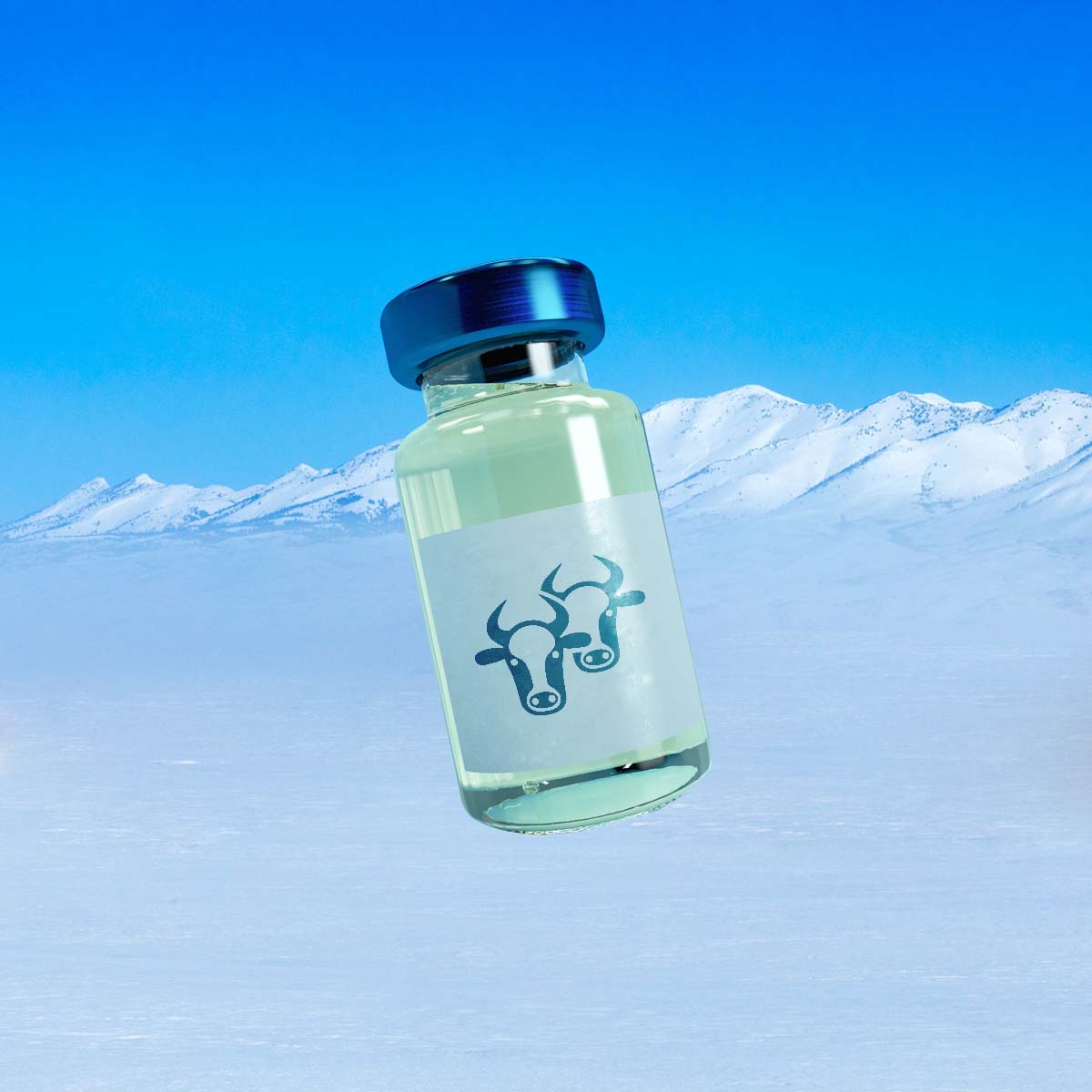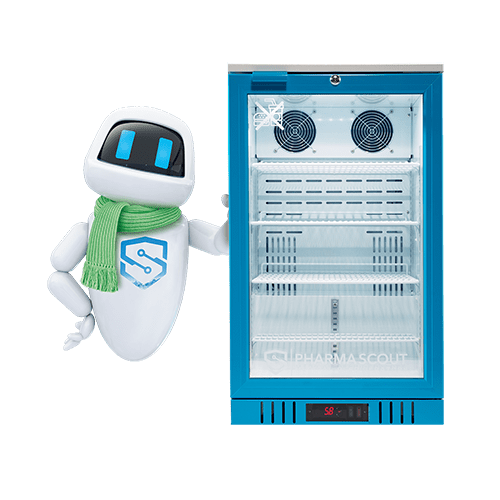Animal and human vaccinology owe their origins to each other. In fact, the vaccine for foot and mouth disease, developed in the late 1800s, was among the first vaccines ever produced. “History clearly demonstrates the importance of these two medicines working together,” as noted in A brief history of vaccines and vaccination.
As vaccines have become commonplace, so too has regulation that ensures their potency, but this is where the path of human and animal vaccines split. While regulation in human vaccination is tightly enforced, it’s often not the case in the livestock sector, to the detriment of livestock and farmers.


Keep it cool
Lab-engineered vaccines require the same clinical attention to environmental factors outside the lab as inside. Simply put, these sensitive biological products must be kept at optimal temperatures (between 2 and 8°C) to keep their potency. The system of protecting vaccines in the time between being engineered in the lab and being administered to a patient is called the cold chain, or the vaccine supply chain.
The cold chain looks something like this:
● Manufacturer>
● Airportorfreightcompany>
● Centralstore>
● Regionalstore>
● Healthcentre>
● Vaccinator>
Once these products are handed over to the vaccine administrator, it becomes their responsibility to maintain its integrity.

A complex task
Regulating temperatures in the cold chain becomes even more complex when accounting for the different temperature preferences of active and inactive vaccines, the latter being less sensitive to heat exposure but more intolerant to freezing. It’s a complicated process that requires specialist equipment, but many farmers simply use the household fridge to store livestock vaccines.
In 2014, researchers in South-West England placed temperature data loggers on selected farm fridges used to store livestock vaccinations and found that the majority of the fridges failed to keep stored vaccinations within the recommended storage temperature range. “If livestock vaccinations are going to be stored on-farm before use, then urgent improvements in this part of the cold-chain are required to ensure vaccine efficacy is not compromised,” the researchers concluded. No comparable studies exist in South Africa, at least not that we’re aware of, but it’s a fair assumption that the findings would not be far off from those by the UK researchers, even eight years later, accounting for improvements in household refrigeration…
However, a 2018 study by the Agricultural Research Council in South Africa does give some idea of the general lack of vaccination knowledge among small-scale farmers in South Africa. As the study found, the majority of these farmers required training on primary animal care, including the use of vaccines.

When livestock vaccines aren’t administered by veterinarians, vaccines often end up being stored on farms with little or no quality control. The rolling blackouts that continue to rip through the country have added their bit of misery in maintaining any sort of continuity in the cold chain. And it’s at this crucial juncture, at the end of the cold chain, where the vaccine journey is at its most critical. This is mainly due to the widespread use of domestic refrigerators for storing vaccines, especially in developing countries, as found by researchers at Rice University in the
US. Their solution for this fitful cooling and heating in home-use refrigeration was a pharmaceutical refrigerator regulator with a data logger and backup power supply. The technology should enable every touchpoint throughout the cold chain to monitor, calibrate and map livestock vaccines.
There remains a lot to be done in terms of rolling out cold chain regulation in livestock vaccination, but it’s every bit as important as ensuring due diligence where human vaccinations are involved. Thanks to advances in the field of vaccinology, risks to livestock and the resulting impact on the livelihoods of farmers have been significantly reduced. Small-scale farmers, often the most vulnerable to the financial impact of these types of outbreaks, have especially benefited.
Cold chain management goes beyond ensuring the efficacy of a vaccine. It protects animals, the public, and reduces spending on antibiotics in the long run. It makes sense, ethically and on the balance sheet.




